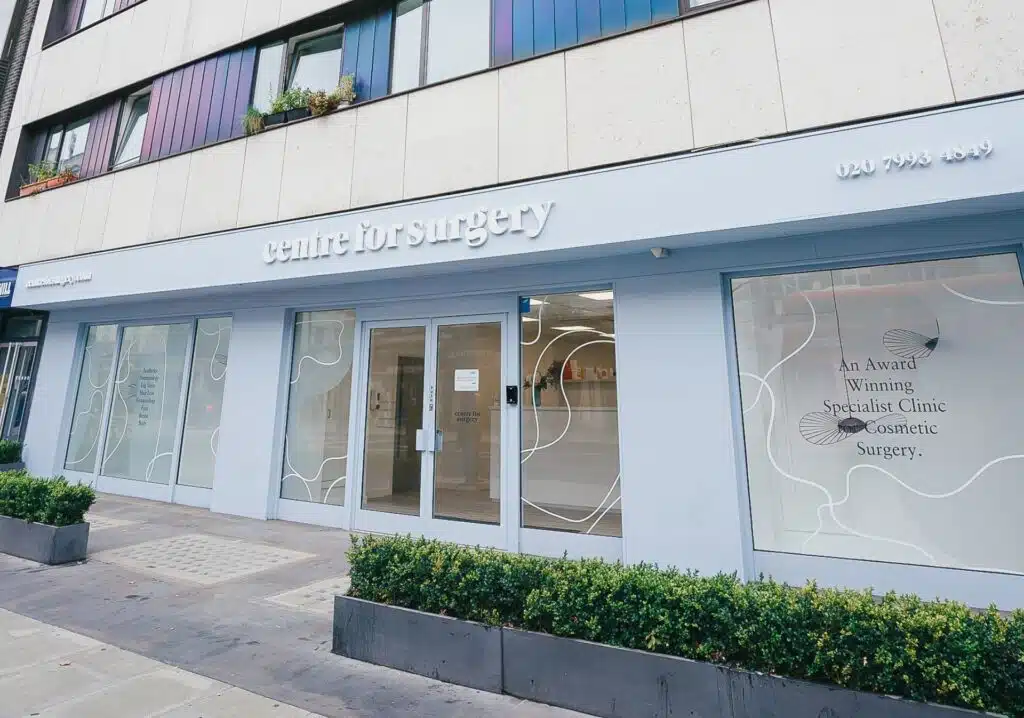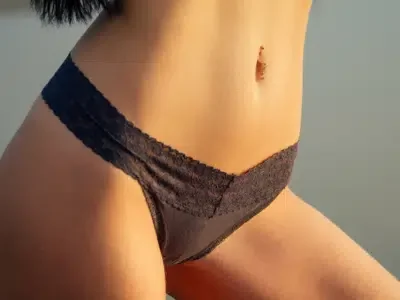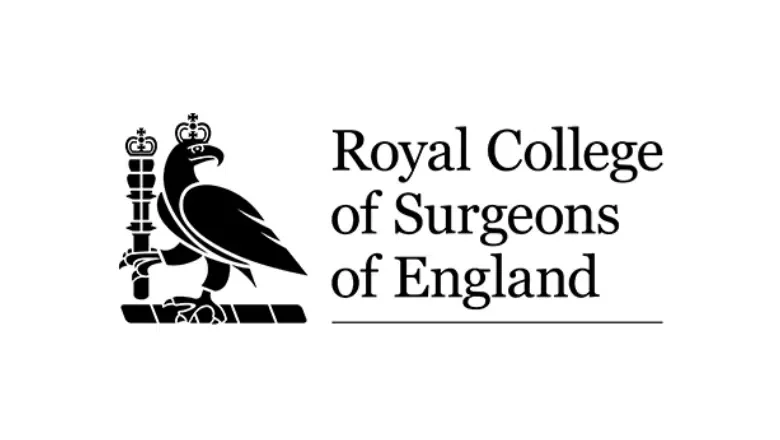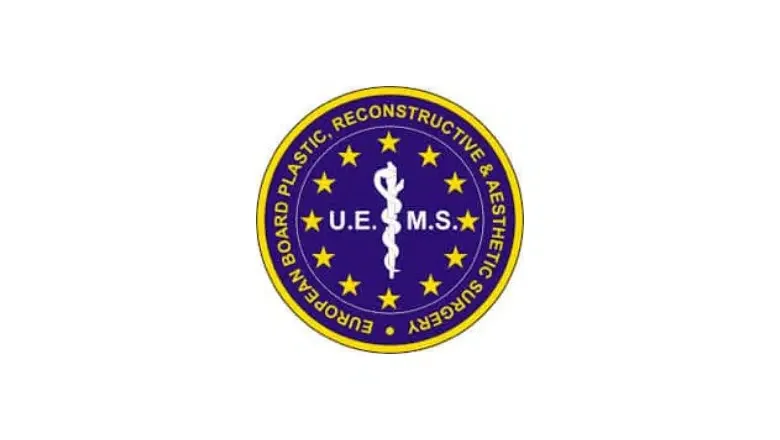All types of cosmetic surgery in the UK, including a tummy tuck or abdominoplasty, will result in the appearance of scars. Tummy tuck scars have different appearances depending on the type of tummy tuck performed. Most patients who have a tummy tuck at Centre for Surgery in London can avoid extensive scarring due to the gentler surgical techniques our surgeons use. Most patients can wear an unrestricted choice of clothing after abdominoplasty with no significant scarring visible due to the expert positioning of the tummy tuck incisions that go below the underwear line.
RELATED: What does a tummy tuck involve?
If you have been thinking about having a tummy tuck for some time but are undecided because you are concerned about tummy tuck scars, then we recommend reading further. We will discuss the types of scarring involved with each type of tummy tuck as well as some practical tips to help you improve the appearance of mature tummy tuck scars.
SEE ALSO: Tummy Tuck (Abdominoplasty) Before And After Photos
What are the different types of tummy tuck scars?
The appearance of the abdominoplasty scar will depend on the type of tummy tuck technique used to carry out your procedure. There are four recognised methods of performing abdominoplasty surgery, each with a distinctive type of scar.
Full tummy tuck
A full tummy tuck is the most commonly performed abdominoplasty procedure in the UK. The procedure involves two incisions, with the main incision running in the lower part of the abdomen from hip to hip. With this incision, your surgeon can remove abdominal skin for a tighter-looking stomach. Once the incision has healed, the resulting scar sits low on the abdomen just above the mons pubis, which means it is well disguised in virtually all types of clothing, including swimwear.
The smaller incision made as part of a full tummy tuck is positioned around the belly button. Your surgeon is skilled in optimising the appearance of the belly button scar, as the incision lines can be positioned within the belly button, so there should be no visible scarring during the healing period.
The purpose of the belly button incision is to ensure adequate abdominal skin can be removed and often, the existing belly button will have to be detached before being sutured to the tighter and smoother-looking abdominal skin.
RELATED: What happens to the belly button in a tummy tuck?
Extended tummy tuck
The extended tummy tuck is ideal for patients who have significant amounts of loose skin that need to be removed. Most patients who have an extended abdominoplasty have often lost a significant amount of weight often as a result of diet or exercise but also from bariatric surgery.
RELATED: What is the difference between liposuction and a tummy tuck?
As with a full tummy tuck, the procedure involves two incisions. The main incision runs horizontally from hip to hip in the lower part of the abdomen. Still, in many cases, the incision extends laterally outwards and may extend as far as the upper part of the buttocks as it curves around the trunk. Although this is significantly longer, it heals very well with proper wound care. The other incision is made around the belly button, which allows the maximum amount of skin to be removed before the new belly button is sutured into position.
Fleur-De-Lis tummy tuck
The Fleur-De-Lis tummy tuck, also known as an FDL tuck, is primarily designed for patients who have lost significant weight. An FDL tummy tuck is the only tummy tuck procedure that requires three separate incisions with three resulting scars. The procedure is commonly combined with liposuction to remove prominent bulges of fat. The main incision is made from hip to hip across the lower part of the abdomen. The belly button incision is for a full tummy tuck with the addition of a vertical extension downwards from the belly button to the horizontal tummy tuck scar. Although the scarring after an FDL tummy tuck is more extensive than other types of tummy tuck surgery, meticulous post-operative after-care will ensure the scars appear as inconspicuous as possible. The vertical scar may take the longest to mature and flatten, and silicone sheets can be used to optimise the appearance of the scars. In many cases, patients may choose to apply tattoos or permanent make-up over the fully mature scar as a camouflage technique.
Mini tummy tuck
The mini tummy tuck only has one incision, which is made horizontally across the lower part of the abdomen, although it is often much shorter compared with the incision for a full tummy tuck. Through this decision, the surgeon can remove loose skin in the lower part of the abdomen. The belly button will remain in its existing position without being surgically altered. Mini tummy tucks are ideal for patients with skin laxity affecting only the lower part of the abdomen. Patients who have loose skin affecting the entire stomach will often require a full tummy tuck.
Top tips for improving the appearance of tummy tuck scars
Take it easy for the first week
It’s important not to do too much too soon during the first week of your tummy tuck recovery. By attempting to lift heavy objects, you may strain your abdomen, which could result in a suture tearing in your rectus muscle repair. This could significantly delay your abdominoplasty recovery. You should ensure you stay reasonably mobile around the home and have a friend or family member around to help you with certain tasks. You should avoid lifting children or undertaking strenuous exercise.
RELATED: How to have the best tummy tuck
Avoid sun exposure and tanning beds
Tummy tuck scars in the early phase of maturation are particularly sensitive to the effects of the sun or the UV light emitted from tanning beds. Prolonged exposure may end up in permanent discolouration and pigmentation of your scars. You should avoid sun exposure and tanning beds for at least 6 to 12 weeks after surgery. If you are out and about in the sun, make sure to wear protective clothing and apply SPF 50 sunscreen. Sunscreen should only be applied once your scars have fully healed.
Wear your tummy tuck compression garment continuously for the first six weeks
The purpose of the compression garment is to support the healing tissues and reduce inflammation in the area of surgery. The pressure exerted by the compression garment will help flatten tummy tuck scars quicker and reduce the appearance of skin asymmetry or rippling.
The post-operative nursing team will apply your compression garment immediately after your procedure is completed, and you must continue wearing this for at least six weeks after surgery. Various garments are available to wear after tummy tuck surgery, and our post-operative nurses will be able to advise you on the most appropriate choice.
Moisturise the area around your incisions once they have healed
Once your tummy tuck incisions have fully healed, our post-operative nurses have a number of highly effective creams and ointments which can be used to keep the area moist and supple. Regularly applying moisturiser will help to keep the tummy tuck scar flat and healthy-looking. This is so the scar does not become raised over time and becomes hardened. There may then be a risk of hypertrophic scar or keloid scar formation, particularly in darker skin types. Scars should feel soft when touched and have the consistency of the surrounding skin.
Book your tummy tuck consultation with Centre for Surgery today
If you have been considering tummy tuck surgery, look no further than Centre for Surgery in London. Our surgeons work very hard to ensure all patients feel as comfortable and welcome at our state-of-the-art surgical centre in Marylebone, central London. We will be able to provide comprehensive information about all aspects of tummy tuck surgery to help you move forward with this procedure.










